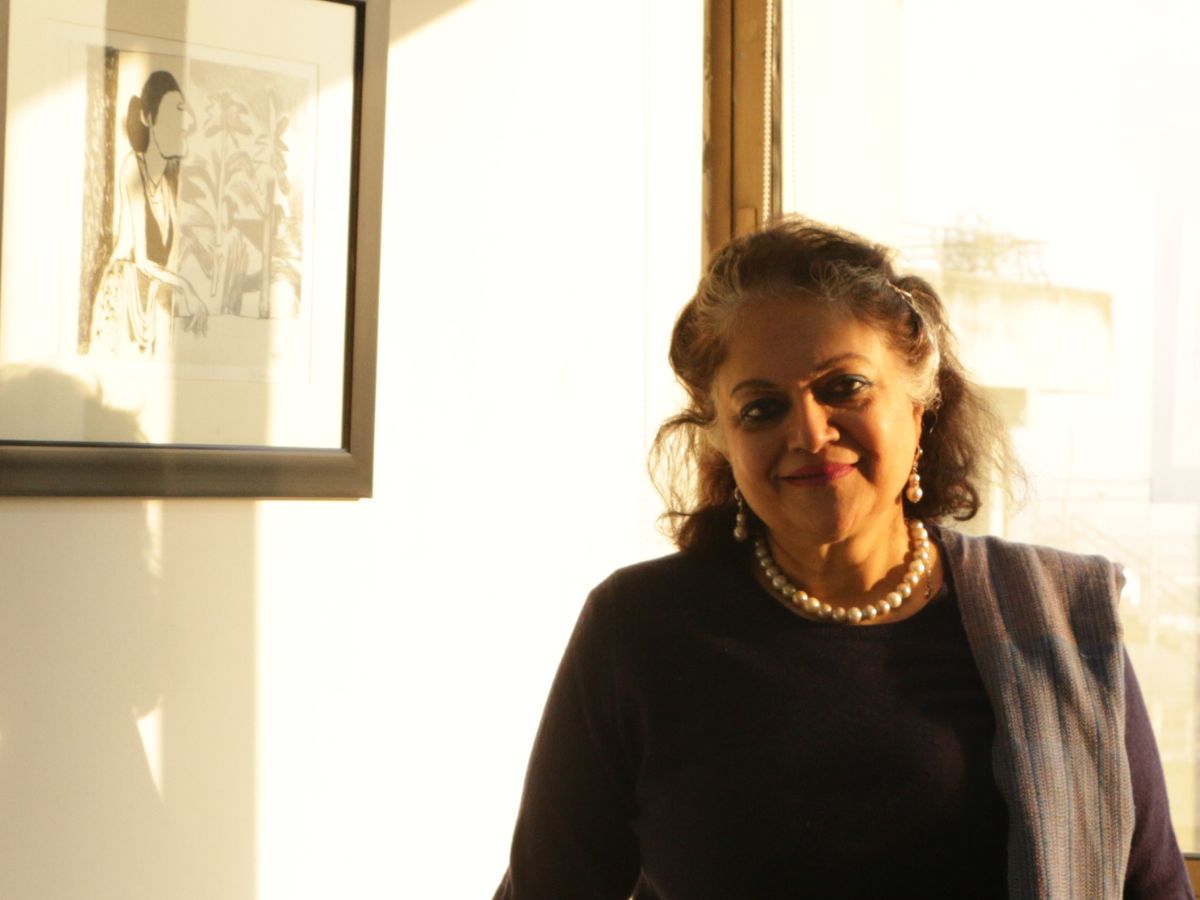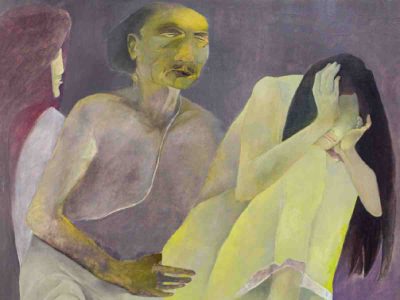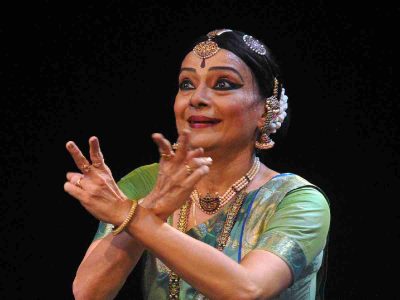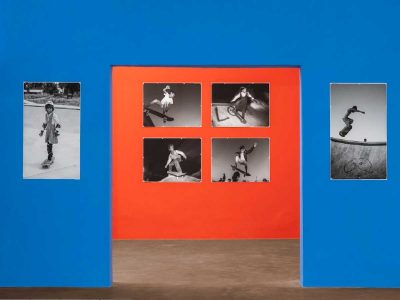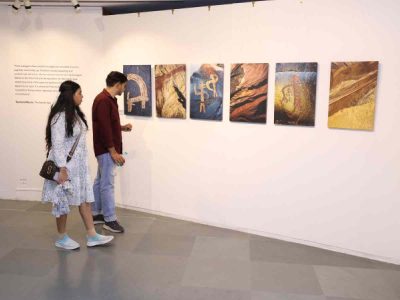Eminent art historian and curator Alka Pande is out with a set of 14 collectible books titled 108 Portraits of Indian Culture and Heritage that have put the spotlight on 14 disciplines including art, architecture, objects, and crafts.
The immersive collection is an encyclopaedic work looking at the development and history of Indian visual culture through various eras of history up to the contemporary world. Sprinkled with anecdotal personal stories, this is a deep dive into a visual and cultural understanding of Indian heritage.
The number 108 is of immense significance in Indian art. Alka says it emerges from the Upanishadic tradition of Indian philosophy, and works as a connecting thread among the set of books through which images and histories of the subject engage with each other.
Her monumental work has resulted from her 30 years of teaching experience, first at Punjab University and then 10 years at the College of Art, New Delhi; National Institute of Fashion Technology, Mohali; the DJ Academy of Design, Coimbatore; and National Institute of Design.
She elaborates, “What I realised after three decades of teaching was that most of the students were far removed from Indian aesthetics and philosophy. It was important for them to know and understand the traditional canons of Indian art. Only then could there be a complete understanding of traditional, modern and contemporary Indian art. All the 14 books that I’ve done represent the key aspects of the essence of what is Indian culture and heritage.”
She says that these books come under the wide umbrella of Indian history.
“Why I took these 14 disciplines is because these come under the wide umbrella of art history. Since I’m a trained art historian and have taught art history and also aesthetics to a wide range of students from fashion designers, to product designers, photographers, fine art students and artist historian, I felt comfortable enough to take the reader through my understanding of the 14 disciplines.”
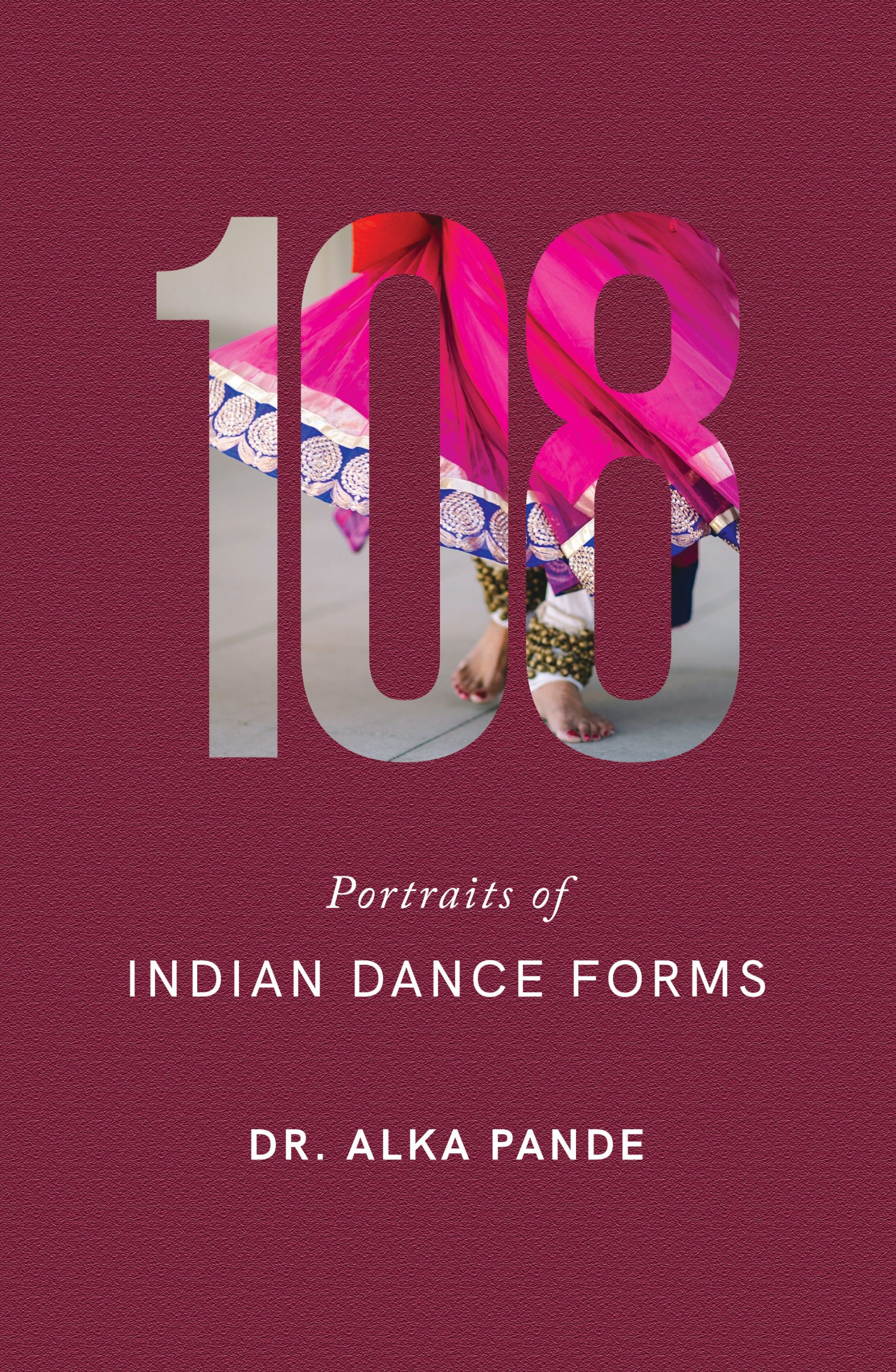
Alka feels that with India’s large and unique ecosystem of visual arts and culture, it is extremely important for our artists to fully understand our canons and our significant and key traditional texts to ensure the progress of Indian visual practice. Keeping this in mind, she developed a set of 14 books across 14 disciplines in which she felt confident enough to be a catalyst and a sutradhar or a commentator.
The books are comprehensive in their content, written deliberately in a non-academic style but with a comprehensive reading list for those who wish to delve or probe deeper.
“Each book has a physical takeaway and an immersive aesthetic experience and is like a taste multiplier to help enrich the palette and serving of the veritable moving feast that Indian culture and heritage has to offer. 108 is a sacred number within Indian culture. There are a lot of mathematical stories as well to represent the sacred figure of 108, and I thought through 108 portraits I would illustrate the history/ narrative of each subject,” she adds.
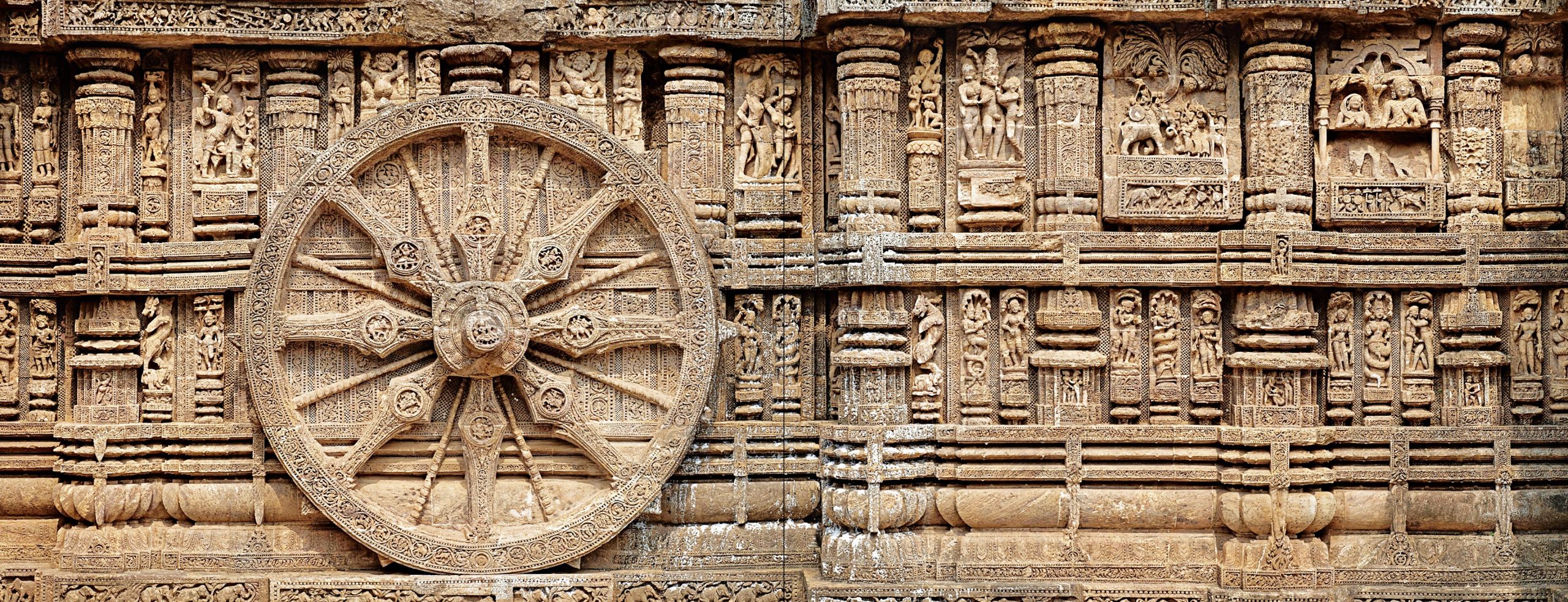
Her favourite volume is the Book of Objects because “this is my primary research as nobody has delved into this history as this. I have taken objects which are used in agriculture, in the domestic life every day from a coffee filter to a handi, to the mangalsutra, diyas, walnut crackers, Kerala lamps, pankha — objects which are functional and decorative. All of these objects talk of different aspects of the cultural diversity and plurality of Indian culture”.
An intensive project like this doesn’t, of course, take shape without challenges. The author recalls that it was very difficult to get free images.
“To illustrate, in photography I wanted certain photographs of the colonial period but I couldn’t get them because several permissions were required to get access. Besides, it is also very expensive to get those specific pictures. It has been a nightmare to get permission from institutions or foundations. This aspect was indeed a backbreaking task.”
Not one to rest on her laurels, Alka Pande is already on to her next big project which is on a subject she has been working on for a long time — Kama.
You will now see an anthology on Kama that shall be everyone’s go-to book. She concludes by pointing out that Indian art already has a global impact and reach.
“If you look at the arts and crafts movement which started in the 19th century in the UK, it all started from Chintz and patterns, the Palampore, the beauty of Indian muslins found in ancient Rome. There has always been an indelible mark of India’s arts and crafts influence on the global map,” she explains.
“What is more interesting now is that there is a global recognition of India’s rich tapestry of art and crafts heritage. We have global designers, architects and artists showcasing the beauty of India’s rich cultural wealth. Be it the fantastic collaboration between artist Manu and Madhvi Parekh with Dior in 2022, or the Mumbai-based artist Shakuntala Kulkarni’s fabulous sculptures making it to Dior’s Fall 2024 show. So Indian arts continue to have a global influence and be a great inspiration to the world.”
Alka has mixed feelings for young people interested in art and culture.
“I am very optimistic and I see a lot of young people going back to their culture and looking at miniature and traditional crafts. More and more people are going back to narratives and using them in contemporary practices. We need to preserve heritage for future generations. The preservation of art and culture is being done through many NGOs, foundations and private institutions.”
The art historian points out at the upcoming museums that will help preserve art and culture.
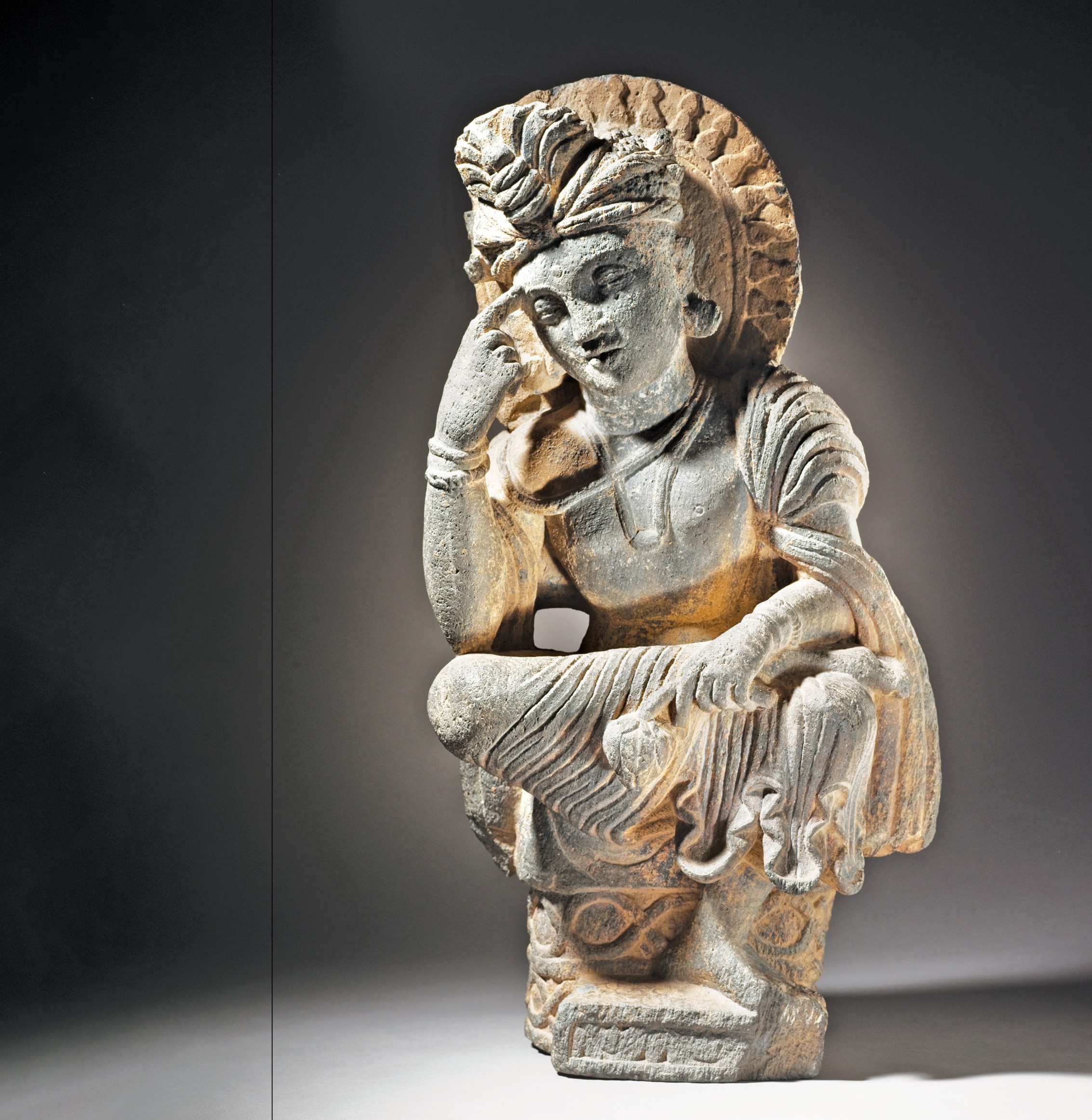
“We are going to see two big museums BRIJ and KNMA opening in Delhi and a lot more private museums opening across India. Such collaborative or individual efforts can effectively preserve art and culture for future generations, ensuring that humanity’s cultural heritage remains accessible and appreciated for years to come. I greatly admire the work being done by Laila Tyabji, Jaya Jaitley, Brinda Somaya, Milin Desai, Ritu Sethi, Sunita Shekhawat, Mukul Goyal, among others.”

